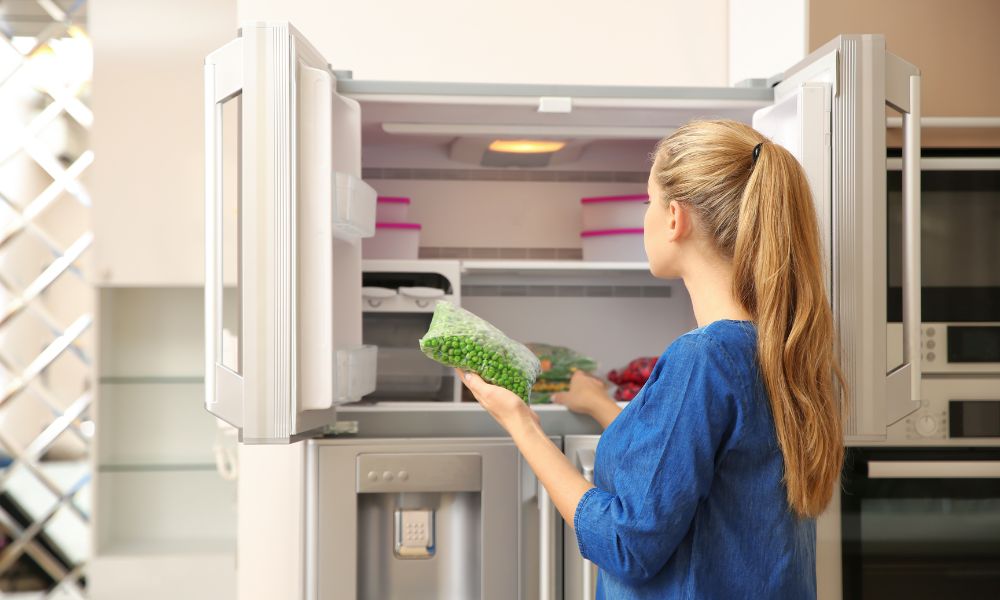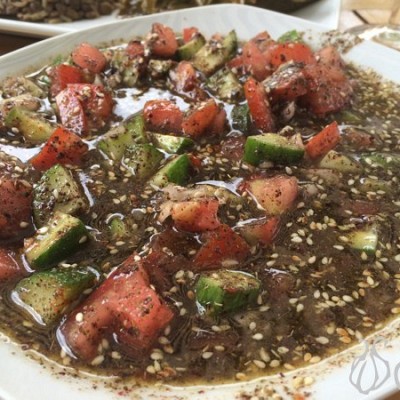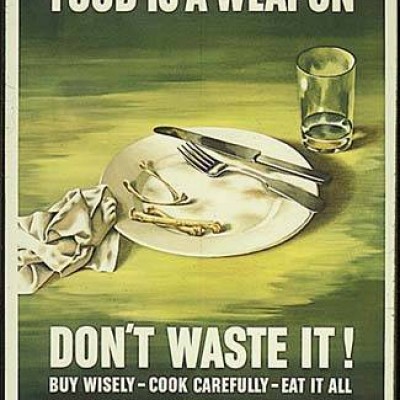Explore various food preservation techniques that can significantly increase the shelf life of your produce, enhancing freshness and reducing food waste.
With rising food prices, it’s essential to understand food preservation techniques to help extend the shelf life of our food. A well-preserved food item helps reduce food waste, saves money, and ensures food safety. If you’re considering using food preservation techniques in your own kitchen, keep reading to learn some methods to keep our food fresh.
Freezing Foods
When you think of preserving food, one of the first methods that may come to mind is freezing. This method involves lowering the temperature of your food to the point where it stops bacteria growth.
To freeze foods effectively, wrap them securely using airtight containers or heavy-duty freezer bags. Confirm that you’ve set your freezer to the proper temperature for safe food storage, which is around zero degrees Fahrenheit for most models.
Canning Foods
Canning is a food preservation technique that uses a heat process that sterilizes the food and kills any harmful bacteria. It ensures your food remains fresh for months or even years without refrigeration.
There are two types of canning: pressure and water bath canning. Pressure canning is for low-acid foods, such as vegetables and meats. It requires a specialized pressure canner. Water bath canning is suitable for high-acid foods, such as jams, jellies, and pickles. No matter which method you choose, you should carefully follow the recipe and canning instructions for safe food storage.
Pickling Foods
Many households worldwide use pickling as their go-to method for preserving certain foods. The pickling process involves immersing foods in an acidic solution (often vinegar or brine) that creates an environment where harmful bacteria cannot thrive.
In addition to being a low-cost and easy technique, pickling adds a delightful flavor to various foods, including cucumbers, carrots, and even eggs. Remember to sanitize jars and lids before starting the pickling process to ensure your pickled treats stay fresh and safe to eat.
Adding Preservatives
Using preservative ingredients requires specialized knowledge and expertise because it involves carefully adding substances to food to prevent spoilage. Some common preservatives include salt, sugar, vinegar, and various chemicals approved for food consumption. For example, zinc chloride is a common ingredient in food production for its preservative qualities. These preservatives help maintain the food's quality, safety, and nutritional value. While most consumers don’t work with these additives, you may look for them on many food labels of some of the ingredients you need.
Now that you know the different types of food preservation techniques to extend shelf life, you can make your favorite meals last longer and save resources. Though each method has its benefits and drawbacks, choosing the best preservation technique mostly depends on the type of food and your preference. Whichever you decide on, remember to prioritize safety and proper food handling to protect your health.






































